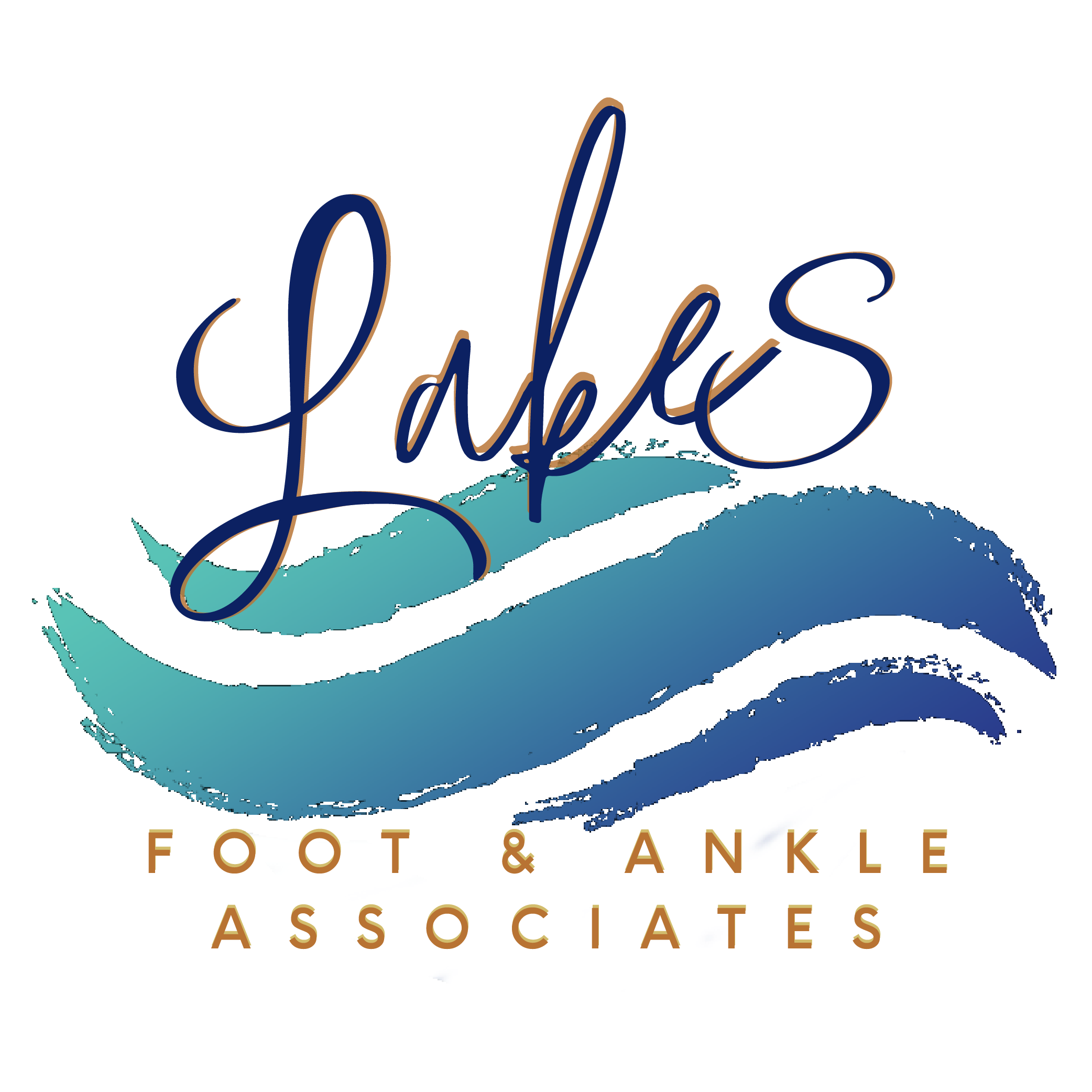Ingrown toenails can be unattractive at best and painful at worst. Knowing how to identify, treat, and prevent this condition can improve your foot health and self-confidence. The experienced podiatrists at Lakes Foot and Ankle have put together some tips to help you understand this condition and how to handle it.
What is an Ingrown Toenail?
Affecting an estimated 20% of the population, ingrown toenails are a common condition where the corner, edge, or border of your toenail grows into the surrounding tissue. While the big toe is most commonly affected, other toenails can become ingrown. This condition has various causes, including wearing poor-fitting shoes, improper nail-trimming habits, genetics, and repeated trauma.
Some people are more prone to ingrown toenails due to the shape of their toes or nails. An experienced podiatrist can help you determine your individual risk factors. Regardless of cause, symptoms range from mild to severe. Milder symptoms include redness, pain, and swelling in the affected area. In extreme cases, your toenail may become infected, and the pain may leave you unable to wear shoes or walk normally.
How to Prevent an Ingrown Toenail
While some people are genetically predisposed to having an ingrown toenail, there are ways you can prevent this condition from occurring. These steps include:
- Wearing proper fitting shoes
- Cutting your toenails straight across
- Keeping your feet clean and dry
- Addressing biomechanic issues (how you are built and how you walk)
How to Treat an Ingrown Toenail
While an infected toenail requires professional help, a mild ingrown toenail can easily be treated at home using the following remedies:
- Soak your feet in warm water with Epsom salts.
- Massage the affected toe. This pushes the skin away from the nail edge and reduces inflammation.
- Manage any discomfort with over-the-counter medications, like ibuprofen.
- Wear shoes that avoid compression on the affected toe.
If you still have not been able to resolve the issue after taking these steps, reach out to our office for professional treatment to prevent infection.
Frequently Asked Questions About Ingrown Toenails
When you’re experiencing pain or discomfort in your feet from an ingrown toenail, you may have questions about what is causing the symptoms and how to alleviate them. That’s why Lakes Foot and Ankle has put together this list of questions our patients frequently ask us about this condition.
1. Is an ingrown toenail dangerous?
While an ingrown toenail may seem minor, it can become dangerous if left untreated. If the skin grows too far over the edge of the nail, surgical treatment may be necessary to remove it. The most common complication from leaving a toenail untreated is infection.
2. When should I seek professional help for an ingrown toenail?
The decision to seek professional help for a health concern can be a challenging one, especially in the case of typically mild conditions. However, you should seek care from a podiatrist for an ingrown toenail if:
- The pain is severe to the point of interfering with regular daily activities.
- Any signs of infection (inflammation, pus, etc.) are present.
- It has been several days, and your condition has not improved.
- You have certain health conditions, including diabetes, circulation issues, or neuropathy.
3. How do you professionally treat an ingrown toenail?
Treating an ingrown toenail professionally is fairly quick and easy. It can be done in the office in just around an hour. We start with an injection to numb the affected area before carefully trimming and removing the ingrown portion of the toenail.
If the problem is chronic or severe, a matrixectomy may be recommended to permanently fix the affected area. This procedure reshapes your nail matrix to stop your risk of it becoming ingrown or infected. To learn if you’re a candidate for this procedure, contact our office for an initial consultation.
After your treatment, you can return to your regular activities immediately. Our office will provide you with an at-home kit to guide you through your home care instructions so you have all the materials you may need to care for the area over the first week of healing. We then recommend a follow-up with our office to ensure you have properly healed. During this time, we recommend you wear open-toed shoes.
H2: Treat & Prevent an Ingrown Toenail
When you experience an ingrown toenail, you want to do all you can to alleviate any discomfort you may be feeling. Depending on the severity of your condition, professional attention may be required. If you need to treat an ingrown toenail that doesn’t seem to be resolving itself, contact Lakes Foot & Ankle Associates in Commerce Township, MI, at (248) 453-2288 to schedule an appointment.
Schedule Your Ingrown Toenail Treatment at Lakes Foot & Ankle
Though an ingrown toenail may seem minor, if left untreated, it can become a major problem. Professional treatment may be the only way to resolve the issue and prevent infection. When you need help treating an ingrown toenail, call Lakes Foot & Ankle in Commerce Township, MI, at (248) 453-2288 or contact us online to schedule an appointment.



